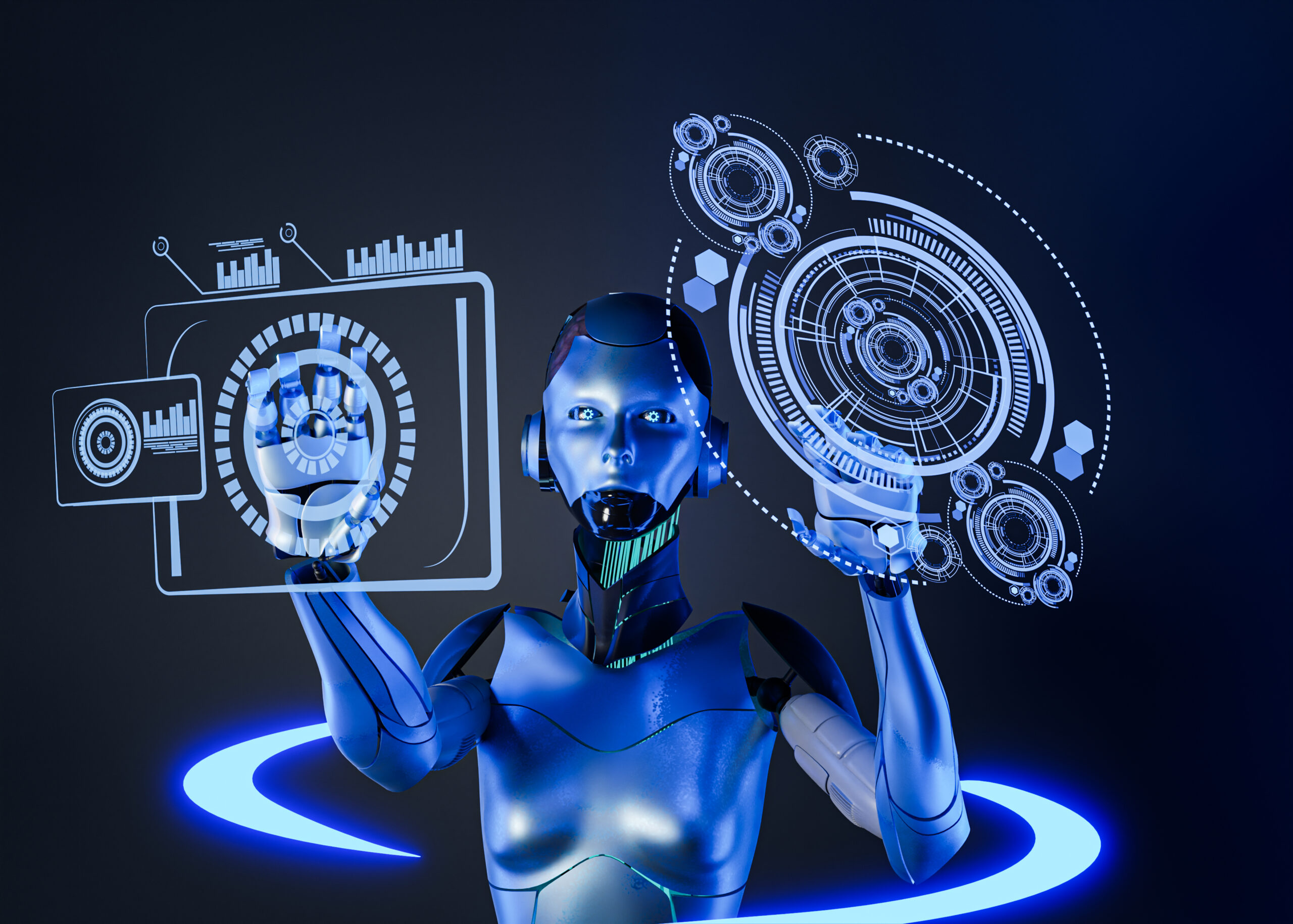Ask the CTO: Why You Shouldn’t Outsource Without a Strategic Partner
Introduction: The Outsourcing Dilemma in Modern Tech Many startups and companies have almost turned it into a habit to outsource...
October 8, 2025, Bharti Wadhwani
October 10, 2025, 9:02 am Bharti Wadhwani

